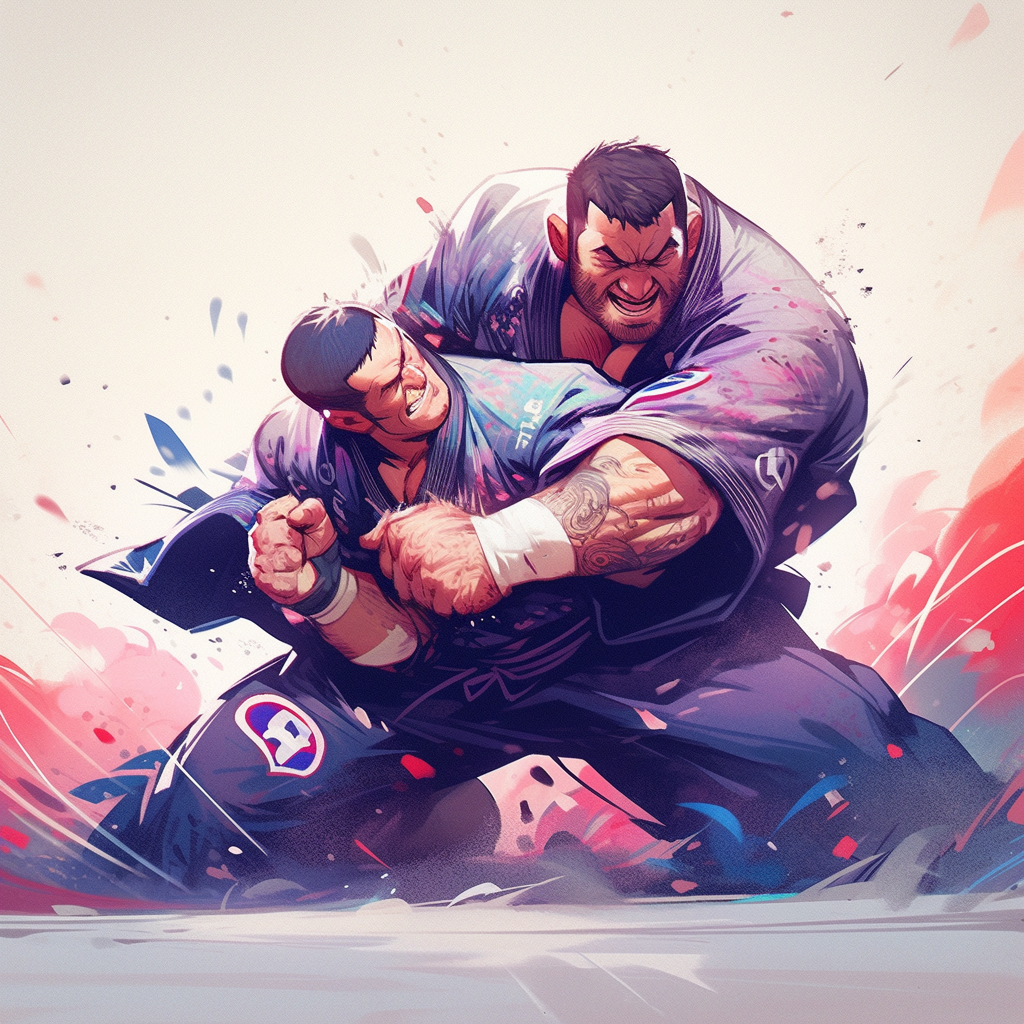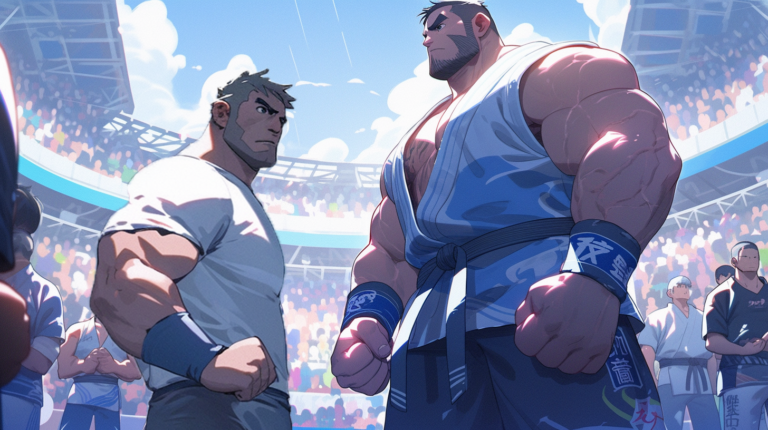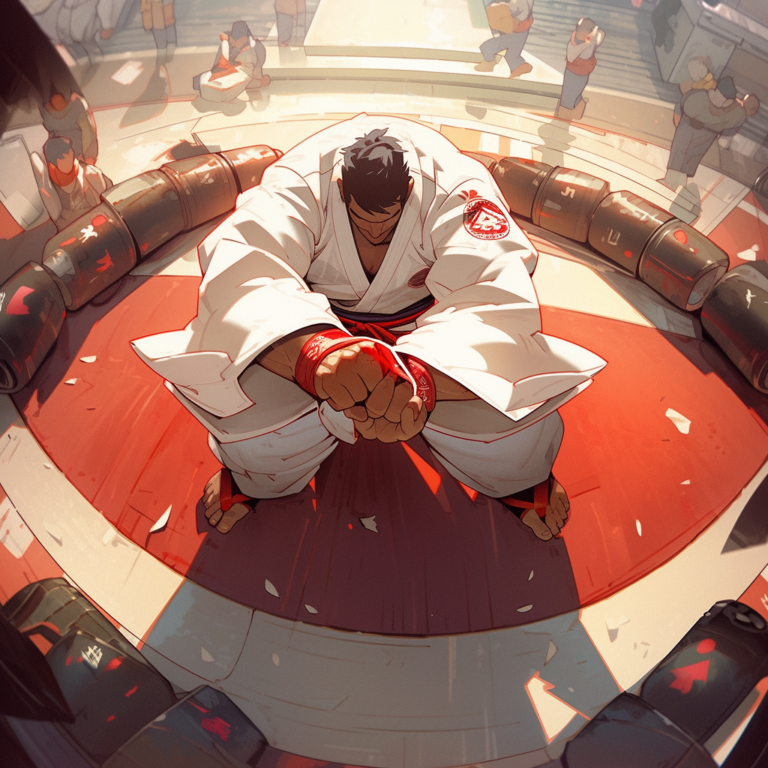Decoding Jiu Jitsu Moves: The Path To Mastery
Introduction to Jiu Jitsu
If you’re into martial arts or even just looking to learn self-defense, you might have come across the term ‘Jiu Jitsu’. Originating from Japan and refined in Brazil, this martial art is a fascinating blend of technique and strategy. But what exactly makes it unique? And what moves are crucial to mastering it?
Importance of Learning Jiu Jitsu Moves
Learning Jiu Jitsu is about more than just picking up a new hobby—it’s about acquiring a skill that can offer you both physical and mental benefits. Let’s dig into it!
Benefits of Jiu Jitsu
With Jiu Jitsu, you not only learn self-defense techniques but also improve your overall fitness, agility, and mental toughness. The key to mastering this martial art lies in understanding and perfecting various Jiu Jitsu moves that form the core of this discipline.
Fundamental Jiu Jitsu Moves
Mount Position: Top & Back Mount
One of the most dominant jiu jitsu moves, or positions is the ‘Mount Position’. Learning to maintain and control an opponent from top mount or back mount and learning how they connect will ensure that you are able to execute your jiu jitsu moves.
Principles for the top Mount Position
The first thing we must establish when we reach the mount is stabilization. This might sound rather simple, but trust me, without stabilization, you’ll find it quite impossible to maintain control. The idea is to ensure your weight is centered and balanced above your opponent, making it difficult for them to unsettle you.
For the mount, the center of gravity tends to be around the hips. Therefore, to execute your jiu jitsu moves, your hips should be lowered and in contact with your opponent’s body. This will allow you to feel their movements and react appropriately. As I often say, “The hips are the steering wheel of the body.”
Now, the next principle is pressure. Your objective should be to make it uncomfortable for your opponent to be underneath you. You can accomplish this by driving your weight down through your hips into your opponent. But remember, it’s not just about raw weight; it’s about how you use it.
Thirdly, we have posture. Keep your base wide with your knees spread apart and up close to their armpits. This makes it difficult for them to dislodge you. And ensure that you keep your hands free so you can post out and prevent getting rolled over.
Lastly, we have the principle of monitoring. You have to be keen on your opponent’s movements and reactions. This is the principle of sensitivity, understanding when to apply pressure, when to adjust, and when to attack. It’s about feeling your opponent’s movements before they fully manifest, almost like a sixth sense.
Remember, the mount position is one of patience. You don’t rush; instead, you feel, you pressure, you adjust, and you dominate. Like a game of physical chess, the better player will always make the right move at the right time.
As always, these principles aren’t just theories; they need to be practiced on the mat. Drill them, understand them, and make them part of your Jiu Jitsu journey.
Arm Triangle Choke
The ‘Arm Triangle Choke’ is another one of those jiu jitsu moves that requires accuracy and power, and most of all pressure.
To do this moves it will require you to trap your opponent’s head and arm, in-between your head, arm, and body and applying pressure to the neck, that pressure cuts off blood flow to their carotid artery. Forcing them to tap or nap. This isn’t easy to do, but even at the highest of levels it is an effect submission, so i say learn it now and perfect it early it will only help your top game. Brandon Mccaghren out of 10th planet does an amazing job explaining how to execute this submission. Check out the video, and also check out his other videos too, Brandon is a great resource to learning and understating jiu jitsu moves.
How to Execute Arm Triangle Choke
Principles for the Back Mount Position
Another key Jiu Jitsu position is the Back Mount position. Understanding this position opens up a world of jiu jitsu moves, arm bars, back triangles, rear naked chokes, and positional transitions. Establishing and maintaining this position involves a harmony of position, pressure, and patience.
Techniques to achieve the back mount position
To establish back mount, you need to ensure your opponent is vulnerable. Often this comes when your opponent is turtled up or during a transition. As the name suggests, your goal is to get your body onto their back. By body I mean you want the center of your chest connected with the center of your opponents back.
Once you see the opening, it’s essential to control the upper body. Aim to get what we call the ‘seatbelt’ grip—a firm, over-and-under grip around the torso. One arm drapes over their shoulder ready to attack their neck, and the other snakes under their armpit, both hands clasps together in various grips. This control is your anchor you want to keep the middle of your chest pinned on to the center of your opponents back.
Your legs should slide in between your opponent’s, your insteps hooking inside their thighs, by kicking you heels back into the soft tissue are of your opponent’s thigh. These HOOKS are your control points. Just make sure not to cross your feet, as it might leave you vulnerable to ankle locks.
Once you have your hooks and the seatbelt grip, your chest should be firmly against their back—think of it as an additional limb for control. Your head should be tucked in close to theirs, further limiting their mobility and options.
The back mount isn’t a position to rush. It’s a position of control. Take your time. If the submission you’re going for isn’t there, don’t force it. Instead, maintain control, adjust, and wait for the opportunity.
Remember, establishing and maintaining back control is about more than just getting to the back. It’s about understanding what to do when you get there, how to maintain it, and how to exploit it. And as always, these concepts are only as good as the time you put into practicing them on the mat.
Rear Naked Choke
The ‘Rear Naked Choke’ is a quintessential Jiu Jitsu move that’s effective for self-defense.
Steps for Perfect Rear Naked Choke
Out of all of the Jiu Jitsu moves this one is one of my favorites.
Secure your position: Start by taking the back of your opponent. Both of your legs should hook around the opponent’s waist to stabilize your position.
Establish control: Your chest should be against your opponent’s back, with one arm across their chest to keep them secure. This is often called the “seatbelt” grip, with one arm over the shoulder and the other under the arm.
Slide your arm: The arm that’s over the shoulder (the “choking arm”) should slide across your opponent’s neck. Your bicep should be against one side of their neck, and your forearm against the other.
Hand to bicep: Take your choking arm’s hand and bring it to the bicep of your other arm. This is the beginning of the “figure four” lock that characterizes the rear naked choke.
Secure the choke: The free hand (the one that was under the opponent’s arm) should go behind their head, with the back of your hand against their back. At this point, your arms should be in a position somewhat similar to a figure four.
Apply pressure: To apply the choke, you need to squeeze your arms together and pull your shoulders back so you can incorporate your back muscles into the submission. Head pressure is also very key to getting the perfect RNC. Make sure that when you are finishing the submission as much as you can press your ear to your opponents ear. This is a key detail most people miss when they are just beginning.
Remember, this is a dangerous technique and could cause serious harm if not practiced safely. Always train under the supervision of a professional, and never use this technique outside of a training or competition environment.
Do all of this and this will cut off the blood flow to the brain, leading to unconsciousness if the opponent does not tap out; So tap or nap.
Tips for Practicing Jiu Jitsu Moves
Remember, practice makes perfect! Regular training, focus, and persistence are key to mastering these moves.
Conclusion
Jiu Jitsu moves, whether basic or advanced, are about technique rather than brute force. Each move requires understanding, practice, and execution to be effective. So, wear your gi, tie your belt, and start your Jiu Jitsu journey today!
FAQs
- Is Jiu Jitsu suitable for beginners?
Yes, Jiu Jitsu is suitable for beginners. With proper training and practice, anyone can learn it. - Can Jiu Jitsu be used for self-defense?
Absolutely! Jiu Jitsu is highly effective for self-defense as it focuses on leverage and technique over size and strength. - Do I need to be physically fit to start learning Jiu Jitsu?
While fitness helps, it’s not a prerequisite. Jiu Jitsu itself will help you improve your fitness over time. - How long does it take to learn Jiu Jitsu?
The time it takes to learn Jiu Jitsu varies by individual. Consistent practice and dedication are key to mastering it. - Are there age limits to learning Jiu Jitsu?
No, there are no specific age limits. Jiu Jitsu can be learned and practiced by people of all ages.







